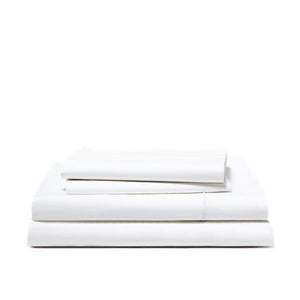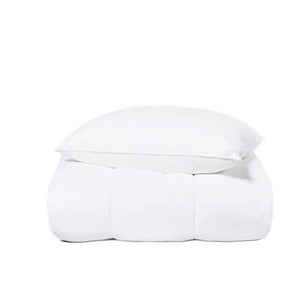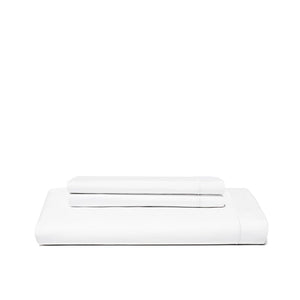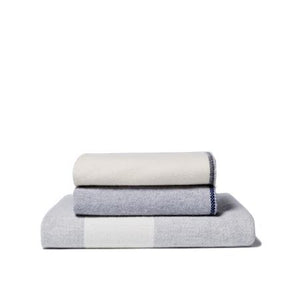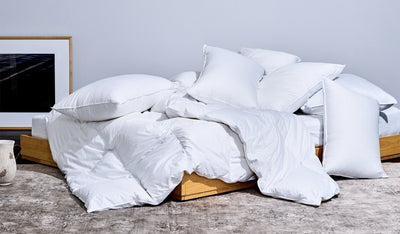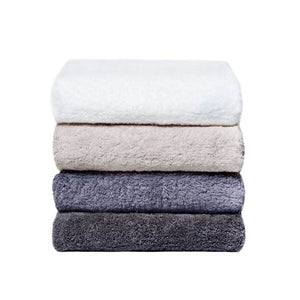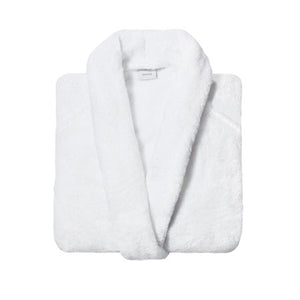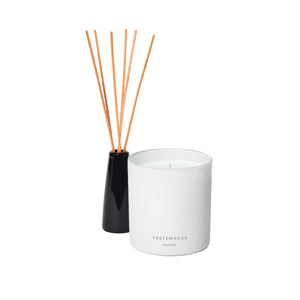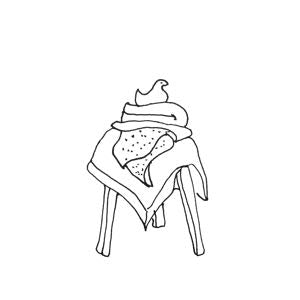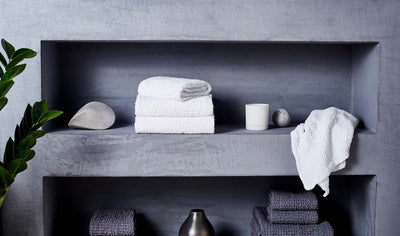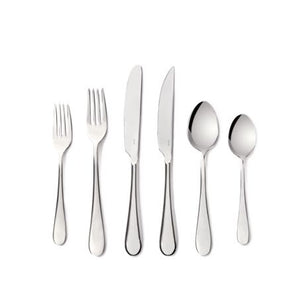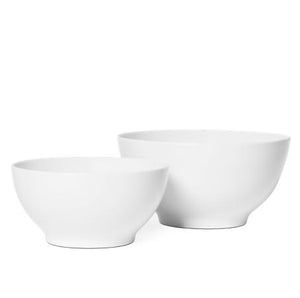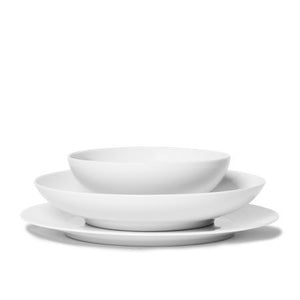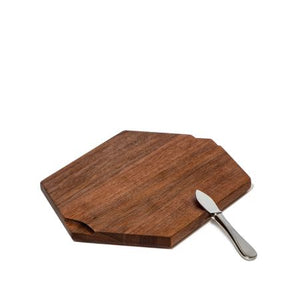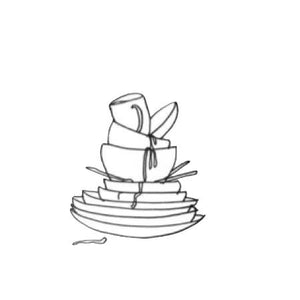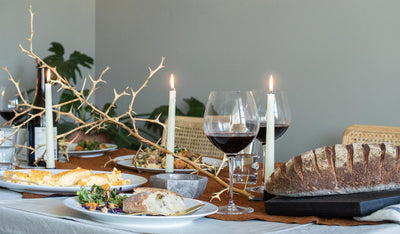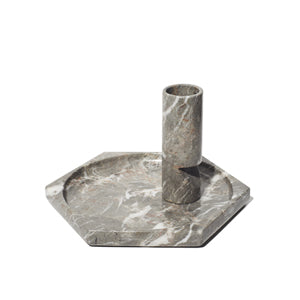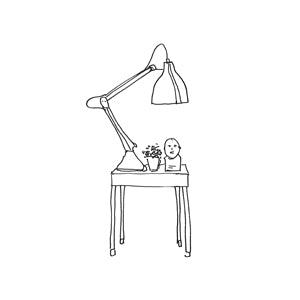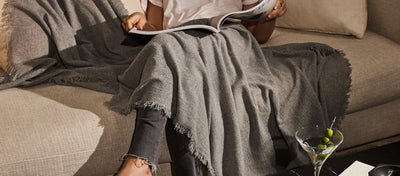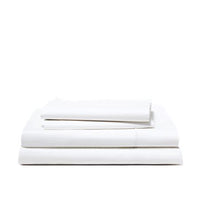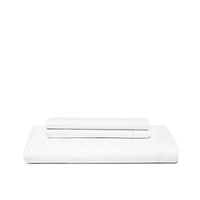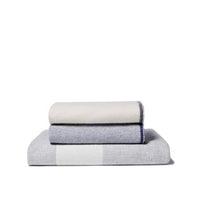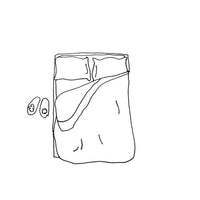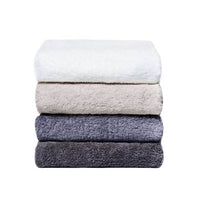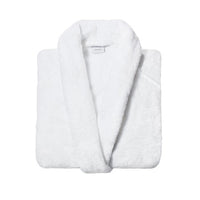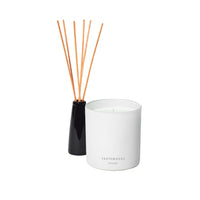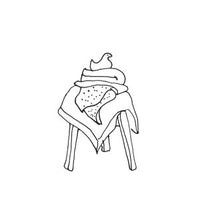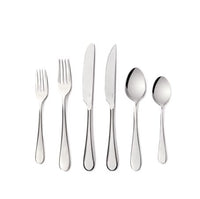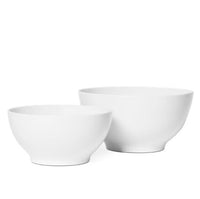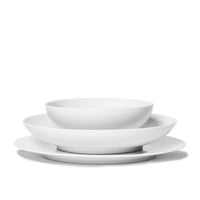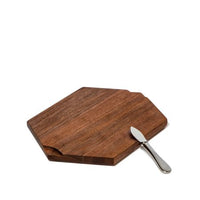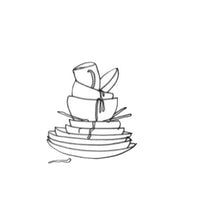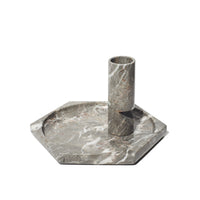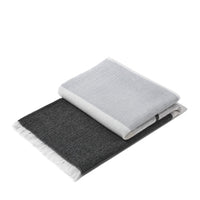
Here’s a PSA for the red-wine enthusiasts living under the assumption that summer’s not their season. Unless you’re inside with the A/C on blast, dessert-sweet rosé and summer cocktails are often the beverage of choice, but it’s time to reconsider. Get ready to fill your fridge with funky reds and pet nats that benefit from the chill you’re looking for.
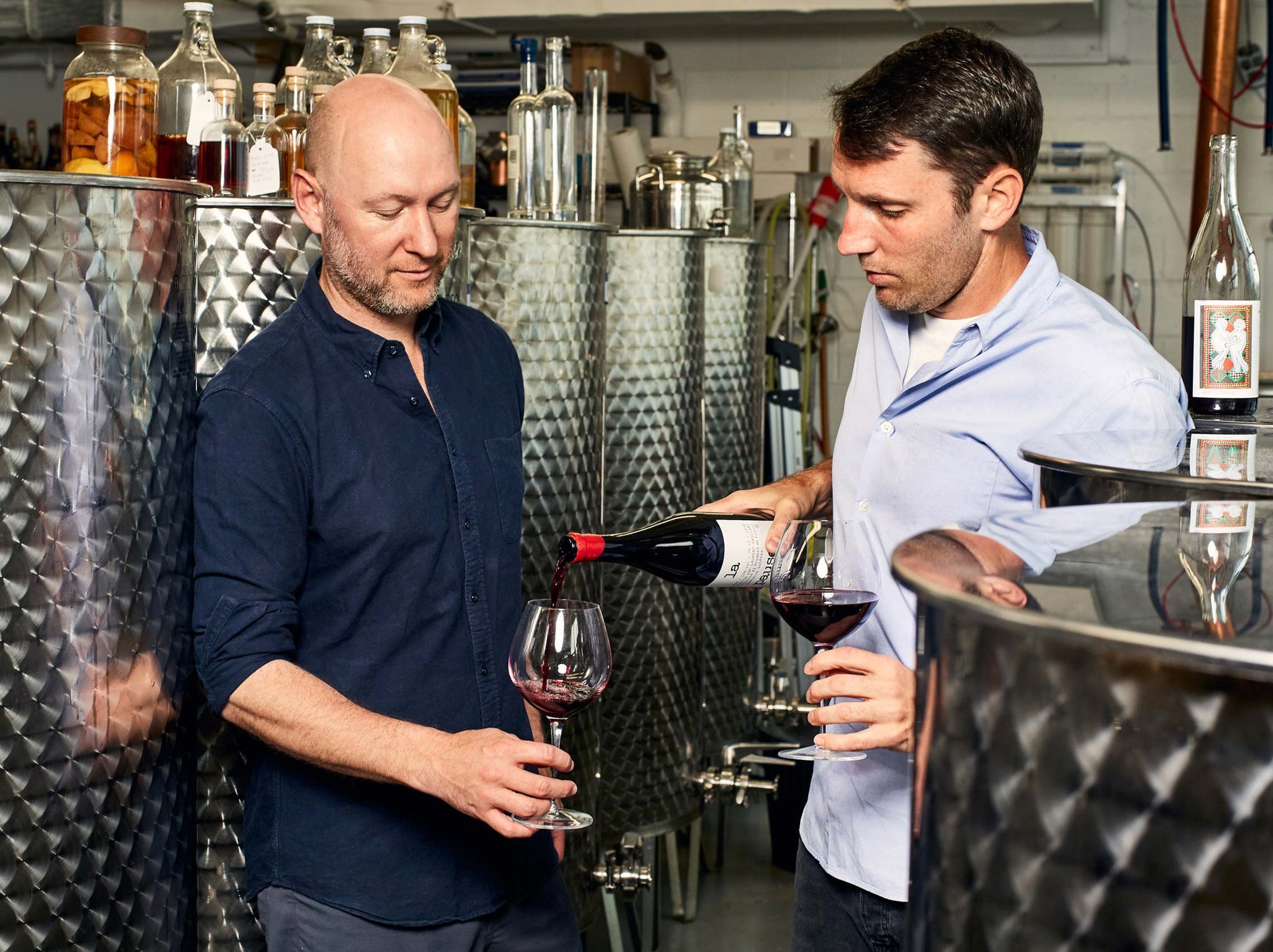
We asked Aaron Fox and Daniel de la Nuez of local Brooklyn distillery Forthave Spirits to guide us through the reds that are even better fresh from the fridge. They have impeccable drinking credentials: their distillery produces handcrafted botanical digestifs and aperitifs, including their signature Red that’s basically on its own planet (it also makes a great spritz, we’ll get to that in a minute).

It’s not just that you can cool off with these sips, the cold makes them more delicious—Beaujolais’s Gamay grapes opens up, the acid of a Pinot Noir gets muted to let the complex flavors shine. Crisp temps means tastier wines.
“Cellar temperature (56-58 F) has been the preferred temperature for serious wines forever and on a summer day, that's perfect,” Daniel says. “Warmer wines can give off more red fruit but it will seem to increase the alcohol—it'll drink like it's hotter. When it's served chilled, you'll find that it will balance everything (fruit, acidity, alcohol). Served too cold though, and it will shut things, like aromatics, down.”
Next, consider the type of drinking experience you want.
“Vin de Soif translates to ‘wine of thirst.’ These are the thirst-quenching wines that you'll open on a summer afternoon with or without food,” Daniel explains. “Vin de Garde, on the other hand, speaks to more serious wines that can stand up to aging in the cellar.”

So how do you find the vin de soif you want to quaff?
“For us, we look at the way a wine is structured,” Daniel explains. “Avoid big tannins, instead look for a lighter bodied wine. Carbonic maceration will def lend itself to chill-ability. Look for low alcohol and lighter color (which generally means less tannic extraction).”
Carbonic maceration, you say? That means winemakers leave the berries whole while they undergo an enzymatic fermentation that creates low tanin-wine that’s ready to drink fast. Daniel describes the result as having a “strawberry bubblegum juiciness and a kind of tingle on the palette”—keyword juicy.
So look for that light color, or If you’re color blind/want to double check opt for a lower ABV—smaller number equals lighter flavor.
“Take a little peek at the alcohol percentage,” Daniel explains. “A cab from CA with an ABV of 14.5% will most likely be a big full red, while a Gamay at 12% won’t.”
Red to chill out? Here are six carbonic maceration stunners, and what to look for if your local selection varies.
Laurent Saillard La Pause
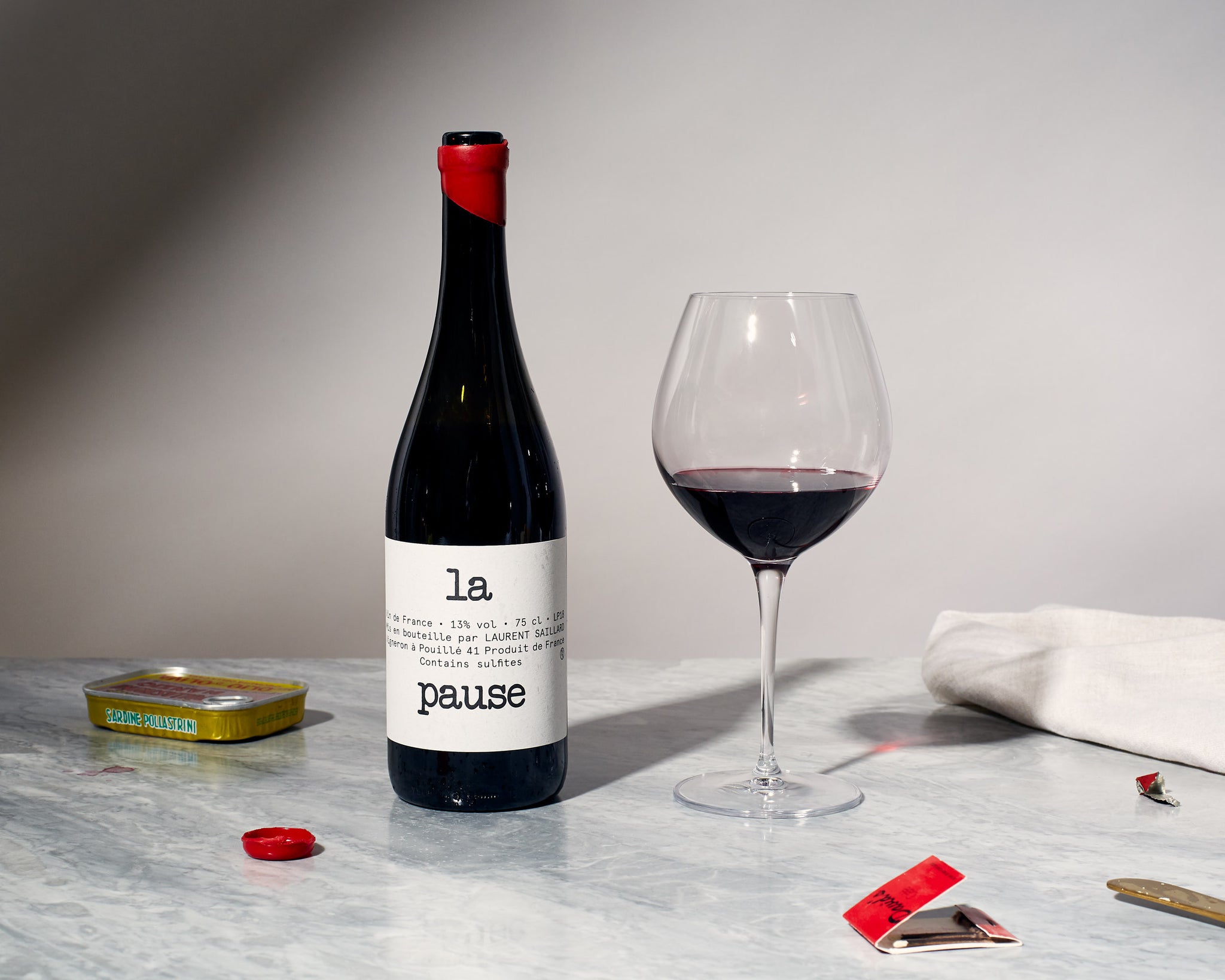
Why: “His La Pause cuvee is 100% Gamay fermented whole cluster, no sulfur dioxide added,” Aaron says.
Party tidbit: Laurent Saillard worked in food and wine in New York City, notably as co-founder and chef of ICI in Fort Greene, before moving to the Loire Valley to make wine. Now he’s still working those vineyards by hand.
If you can’t find, ask for: Another naturally fermented wine with hints of complex, floral flavors.
Les Foulards Rouges Les Glaneurs

Why: “Les Foulards cuvees are defined by their freshness and lightness, and we especially recommend his Les Glanneaurs' cuvee is a zero sulpher added, 100% Grenache, with partial carbonic maceration,” Daniel says. He also thinks it’s doubly delicious with ribs.
Party tidbit: Producer Jean-François Nic's vineyard is just north of Spanish border, 20 minutes from the Pyrenees or 20 minutes to the Mediterranean. He works the soil with sheep manure and organic fertilizer in order to help microbial life and much of his plowing is done with the help of his mule Uma.
If you can’t find, ask for: Another velvety and subtle grenache.
Martha Stoumen Wines Post Flirtation

Why: We’ll let Martha’s own copy explain: “This wine is the person at the party that talks to everyone, makes perfectly timed jokes, and is versatile enough to end the night debating politics or dancing up on the tables—just depends on what party you’re throwing.” Blending Zinfandel and Carignan it’s got both light brambly fruit notes and deeper, intense flavor.
Party tidbit: Martha Stoumen is rising/risen star of the natural wine movement who focuses on Italian varietals grown in California. After working on a Master of Science in Viticulture and Enology from UC Davis she apprenticed under heavy hitting winemakers as Didier Barral (Léon Barral, Faugères, France), and Giusto Occhipinti (COS, Sicily).
If you can’t find, ask for: “Look for wines made by Keep Wines in California,” Aaron advises. “The winemakers are influenced by the old world and create wines with less ripe fruit and with minimal manipulation. They use uncommon variatales such as Counoise and Pinot D’Aunise.”
Foradori Teroldego

Why: The brand’s core red, this biodynamic bottle leaves whole clusters of grapes of grapes in-tact for select fermentation tanks, resulting in that delicious partial carbonic maceration.
Party tidbit: Ok get ready for an inspirational story: Elisabetta Foradori is a trailblazer in the women’s wine world. Here’s why she’s extra impressive: she’s been making wines since 1934...when she was 19 years old..because her father suddenly passed away. Not only has she been crafting really delicious drinkable wines, but she’s been focused on elevating a particularly humble grape: the teroldego. This ancient variety was native to alpine Trentino region of Italy, but got a bad rap and turned into pretty lowly basic quaffs. Her output helps bring it back to its Pinot Noir, Lagrein, and Syrah like glory.
If you can’t find, ask for: Instead look to the South of Italy, Mount Etna. There you will find refreshing, light reds. Or you know, ask for something else by a badass female winemaker.
Bandol Rosé Domaine La Bastide Blanche

Why: Because not all rosés are bad. “We love rosé! It's getting a bad name perhaps by the proliferation of poorly made wines,” Daniel says. (He name checks a couple of options that feature gals and supernatural beings.) “The classics, however, are beautiful,” Daniel says. “If you give us a glass of rosé from Château de Roquefort (a domaine in Provence in the south of France) or in Bandol, a region with a really long standing tradition of making rosé, top producers like Bastide Blance make beautiful expressions of the genre.”
Party tidbit: The proximity to the Mediterranean means a combo of warm temperatures cool breezes create thick-skinned, tannic, Mourvèdre grapes that makes this specific option special.
If you can’t find, ask for: Ask for something from a classic producer, not a modernist uber-trendy maker, specifically on the light, dry and refreshing side.
Les Capriades Méthode Ancestrale

Why: “This is an oyster-appropriate wine with intense limestone minerality and so damn good in a Red spritz,” Aaron explains.
Party tidbit: Pascal Potaire et Moses Gaddouche are the winemakers behind these amazing naturally sparkling wines. “Obsessed with balance, low alcohol, and high acidity, their mission was to bring the elegance and finesse of great Champagne to the world of naturally fermented sparkling wine,” Daniel says. “Try any of their cuvees by themselves, or to make an all natural spritz, add our Red aperitivo. The driest and most mineral driven of their cuvees is ‘Pet Sec,” made from Chenin Blanc with a small percentage of Cabernet Franc.”
If you can’t find, ask for: Join the biggest summer trend by asking for a Pet-Nat which offers an equally minerally taste.
Once you’ve got your bottle, your only 10 minutes away from the party: “Put some water in an ice bucket and let it sit for ten minutes, or wrap a cold towel over a bottle and place in the freezer the same amount of time,” Daniel says. After that, we have our own recommendation: invite some friends over and, well, chill.

